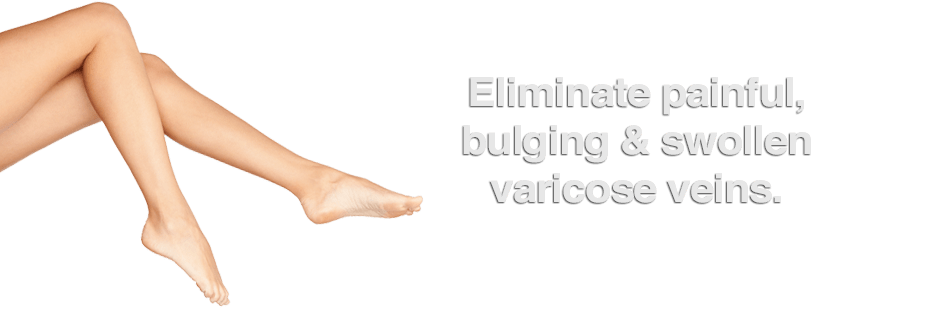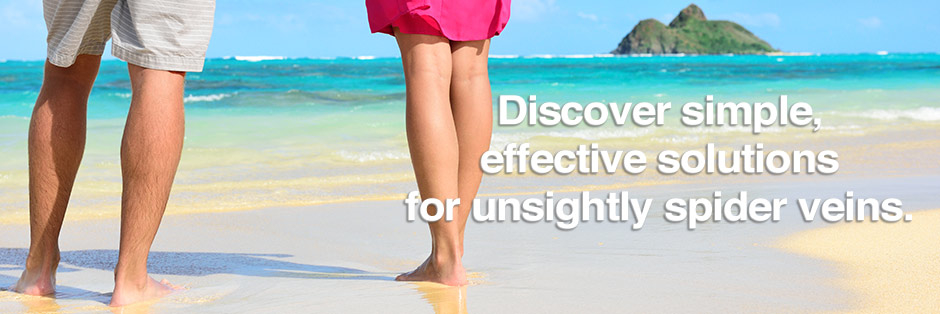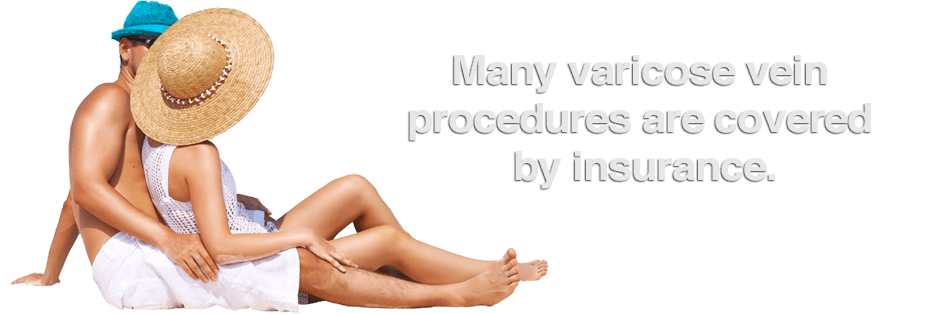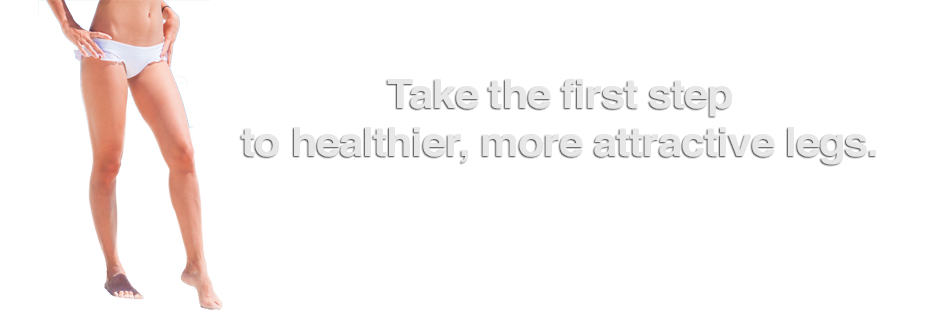
If you have suffered from varicose veins for some time, you may begin to notice changes to your skin around the area of the vessel. This can be a puzzling development; if the problem is with the veins, why is the skin changing? It is important for varicose vein sufferers to understand how and why these skin problems occur, so they can seek appropriate vein treatment before further complications arise.
Cause of Varicose Veins
To understand how skin changes can occur with varicose veins, you need to first know what causes those swollen veins to develop in the first place. Varicose veins are often a result of an underlying vein condition known as chronic venous insufficiency or CVI.
This condition occurs when veins begin to wear out or weaken, allowing blood to pool in the veins instead of getting passed up the vessel to the heart. The extra blood inside the vessel leads to weakening and swelling of the vessel and the appearance of varicose veins. It is commonly seen in the lower legs because the veins in this area have to work much harder to push blood against gravity and the body’s own weight, back to the heart. The extra work makes these veins more susceptible to damage.
CVI and Skin Problems
CVI places additional pressure inside of the veins in the lower leg. This can reduce blood flow to the skin and tissue, so those areas do not get as much of the oxygenated nutrients they need to thrive. This can lead to skin irritation and inflammation, which gradually changes the color and texture of the skin. If this condition remains unchecked, leaving the skin and tissue starved for oxygen and nutrients, the skin changes can become permanent.
Types of Skin Changes
There are a number of different skin changes that can occur as a result of CVI:
- Redness and irritation
- Skin may become dry and itchy around the varicose vein (known as venous dermatitis)
- Skin color will eventually change to deep red or brown
- Swelling can lead to hardening and tightening of skin
- Skin texture can change, becoming thick or leathery
- Open sores can form around the ankle (known as venous ulcers)
When significant changes begin to occur to the skin, they can become permanent in some cases. In addition, venous ulcers can grow quite large and become very challenging to treat effectively. It is best to treat varicose veins at the first sign of symptoms, to avoid these more serious changes and complications.
Seeking Treatment
If you are starting to notice irritation or skin changes around your varicose veins, do not wait to seek treatment. Fortunately, there are a number of minimally-invasive treatment options that effectively eradicate varicose veins while eliminating symptoms and potential complications. To learn more about your options in vein treatments, contact Vein Center of Florida & South Baldwin today at 800-910-8346.




